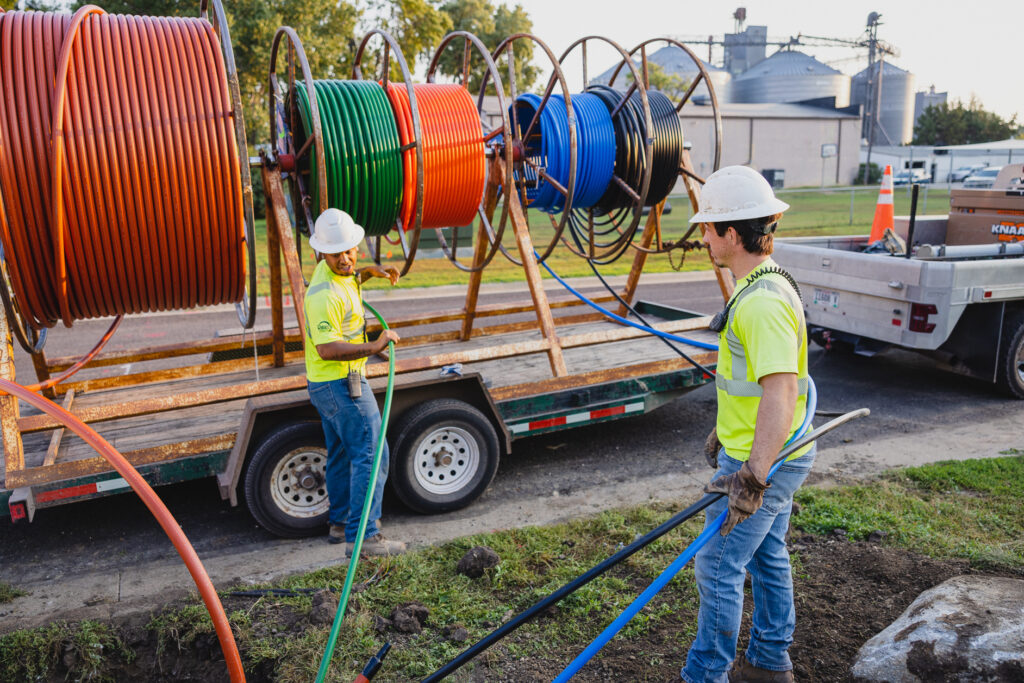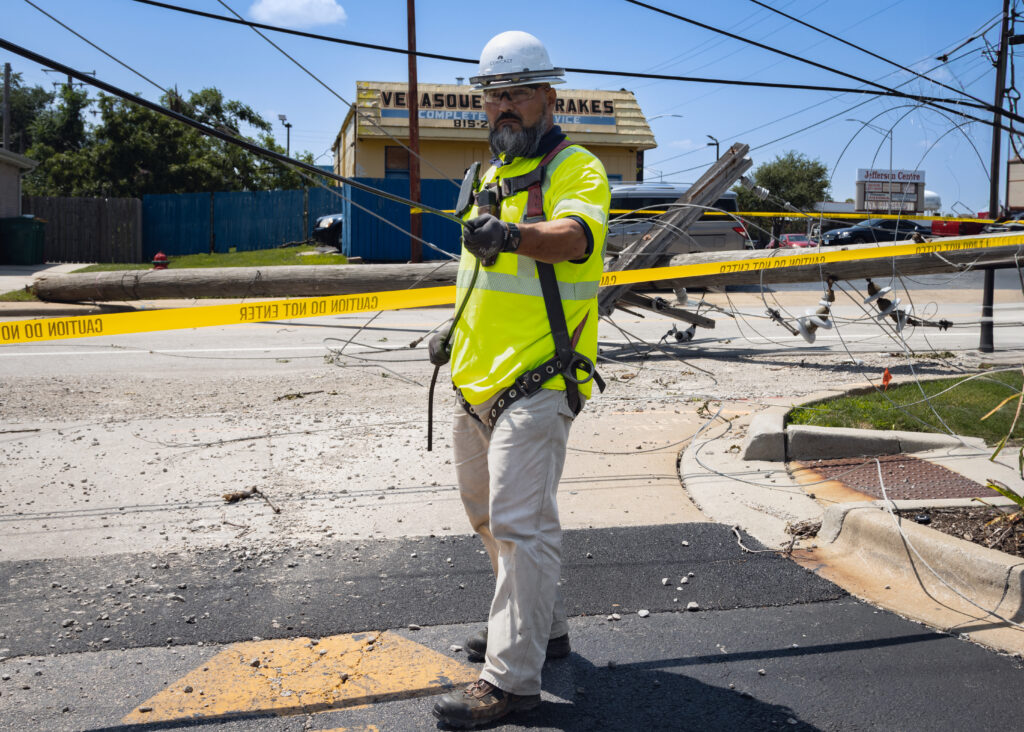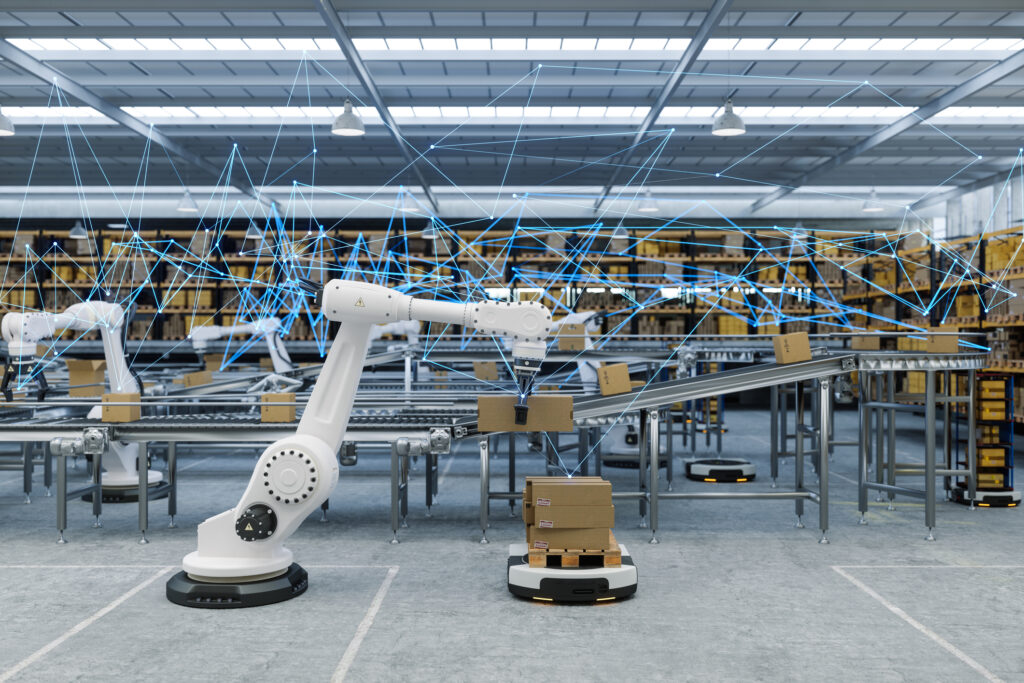The Consumer Technology Association (CTA) kicked off its 55th annual Consumer Electronics Show earlier this week, showcasing the latest developments in emerging tech. While COVID-19 might not have prevented the trade show from happening in person this time, the pandemic can be felt in the innovation on display this year.
“In these periods of economic downturn and certainly crises like the pandemic, what we typically see … Innovation tends to accelerate and even bunch up,” remarked Steve Koenig, vice president of research at CTA, during his “CES 2022 Tech Trends to Watch” panel session.
Data shows that most consumers are sticking with the new digital habits they’ve developed in response to the pandemic. These include notable increases in streaming, wellness, and food delivery services. Globally, the average person is now subscribed to an average of eight different entertainment services, whether that be streaming video, gaming, or music. With consumers using more smart technology and more streaming services, the need for fast, reliable broadband networks has never been more important.
Koenig noted many people are spending money on “leveling up their experiences” by replacing their old TV with, for instance, a 4K UHD smart TV, or ditching their old exercise bike for the internet-connected Peloton. Perhaps that’s why, in 2022, CTA estimates that consumer technology revenue in the U.S. alone will reach over half a trillion dollars ($505 billion to be exact), which is more than 2020 or 2021 experienced when consumer spending shot up as people adjusted to new rhythms of life.
The metaverse, Koenig noted, is still a few decades off, but the technology that powers it is already here. According to CTA, 84% of AR/VR engaged businesses expect to spend more on AR/VR in the next two years. VR/AR, and the metaverse itself, will require a super-fast, high-capacity, reliable network. Thanks to the over $300 B invested in internet infrastructure over the past 20 years, America’s broadband networks are ready to enable these technologies, and even getting ahead of the curve by working towards the 10G future, which will involve rolling out 10 gigabit speeds to households across the country.
Koenig highlighted several areas to pay attention to as 2022 begins. With smart technology and internet-connected devices ramping up even more to improve lives and tackle different issues in society, here are a few of the takeaways from Koenig’s presentation to CES 2022:
Sustainable Tech
As more companies double down on their commitment to sustainability, the issue has become increasingly central to the future of technology. From new, sustainable power sources to better managed energy use, green technology is incorporated into most of the consumer technology available today. Smart homes and smart cities, as an example, use the data they collect to make better informed decisions about energy use, better decisions about resource allocation, and streamline processes to further reduce carbon footprints.
Artificial intelligence-driven food technology is also helping create more sustainable farming practices as well as more sustainable food distribution systems. For example, the John Deere See and Spray uses A.I. to best manage fertilizer and pesticides, reducing pollution and making farming more sustainable. Automated kitchens can utilize A.I. to reduce food waste, and new technologies are allowing plant-based meat replacements that are more sustainable.
Digital Health
Digital health is perhaps the most salient innovation on display this year. With a continued emphasis on telehealth amid the ongoing pandemic, consumers in 2022 will discover a variety of wearable and connected health devices, like the Abbott “Freestyle Libre 3” glucose pump and sensor, which is the smallest device of its kind and pairs to a smartphone.
Another great example of consumer health technology is the Essence “VitalOn” system, which is a hub and series of connected medical devices that allows patients to collect data at home that a doctor would normally monitor in person. Telehealth solutions hold an incredible amount of potential. Cable broadband providers continue to focus their efforts to build and upgrade broadband networks for the current and future demands of telehealth and for next-generation internet-connected health devices.
Transportation
For years electric and self-driving vehicles have gotten most of the attention, but this year boasts new automotive innovations for farming and enterprise use. For example, John Deere has announced a smart tractor called the “See and Spray” that uses small sensors and cameras to detect color variations in plant foliage to find and remove weeds, as well as to properly apply pesticides. The See and Spray can even plant seeds within a square centimeter of accuracy, which allows farmers to yield a better return on investment.
Along with the See and Spray, many of the vehicles on the CES floor utilize some degree of A.I.. According to CTA, many Americans have embraced A.I. in their lives, with 78% of people now open to A.I. providing shopping recommendations, and 75% now comfortable receiving fitness advice from an A.I. system.
Though the future shape of the pandemic is unknown, many of the technologies showcased at CES will help to mitigate some of the dangers and help people stay safe and connected. Cable broadband networks are ready to support all of these new innovations, and whatever great ideas lay ahead as the path to 10G progresses.









